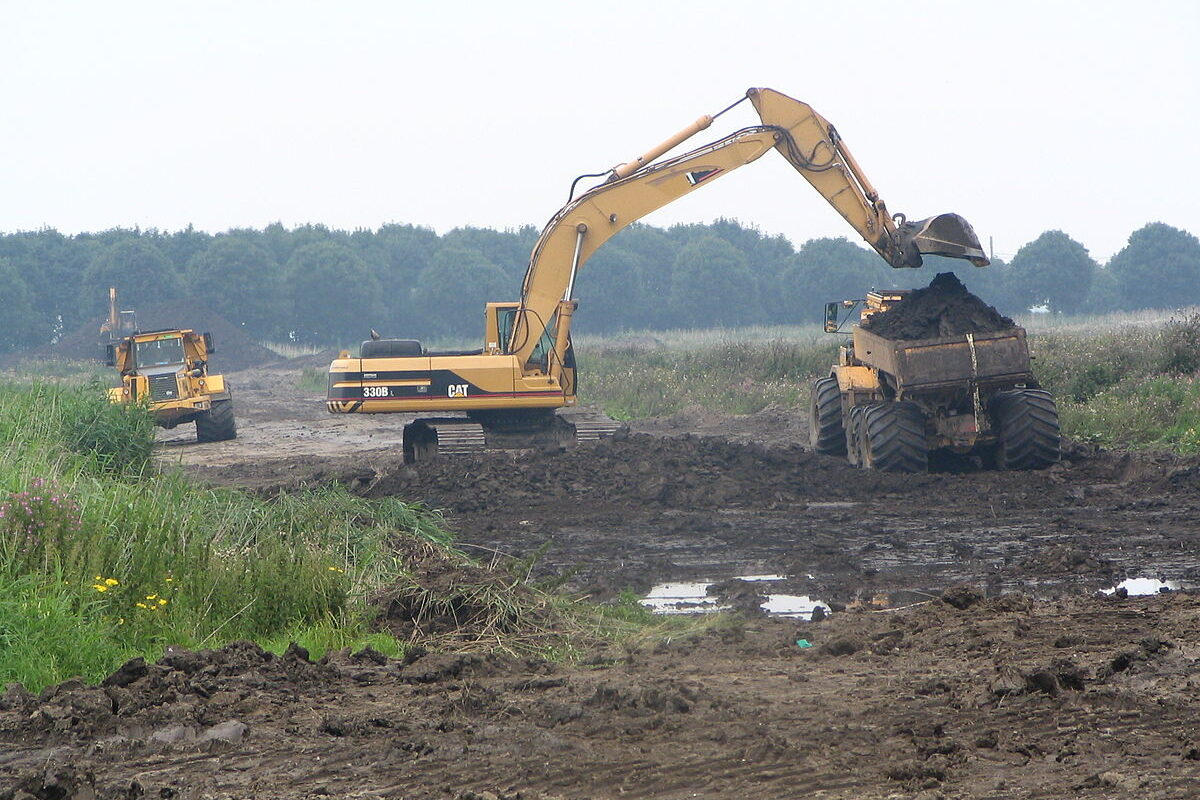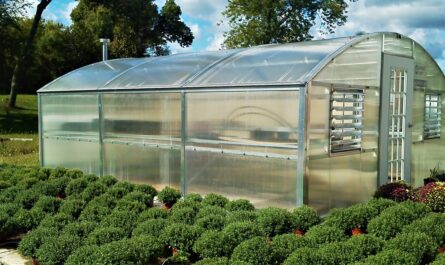Land degradation is one of the greatest threats to the environment and sustainability across the globe. According to United Nations data, over 40% of the world’s agricultural land is seriously degraded due to soil erosion, pollution and conversion to urban uses. However, with focused efforts towards land restoration, this damaging trend can be reversed, allowing for more sustainable use of land resources in the future.
Causes of Land Degradation
Soil Erosion
Soil erosion due to factors like deforestation, overgrazing and unsustainable farming practices is one of the leading causes of Land Degradation worldwide. When vegetation is removed from the land, topsoil is no longer held in place by plant roots and is washed or blown away during rainy seasons or strong winds. This renders the land barren and infertile over time. According to estimates, over 25 billion tons of topsoil are eroded every year due to unsustainable human activities.
Pollution
The improper and excessive use of chemicals in agriculture and the discharge of industrial wastes directly onto land are major pollution-related causes of land degradation. Agricultural chemicals like pesticides and fertilizers, when used incorrectly, can destroy soil microbes and organic matter. Meanwhile, industrial effluents containing heavy metals and other toxins poison the soil and make the land unsuitable for cultivation or habitation.
Urban Sprawl
Rapid urbanization is resulting in the conversion of agricultural and forest lands into residential and commercial areas. While urbanization is necessary for development, unplanned construction activities cause the permanent loss of productive land and reduce green cover. Furthermore, construction debris and municipal wastes from urban centers also end up degrading adjoining lands if not managed sustainably.
Importance of Land Restoration
Climate Change Mitigation
Degraded land currently contributes significantly to climate change through emissions of greenhouse gases like carbon dioxide and methane. Land restoration helps increase carbon sequestration through replanting of trees and vegetation. Healthy soils also store more carbon from the atmosphere. Rehabilitating degraded land has major potential for mitigating dangerously rising global temperatures.
Biodiversity Conservation
Land restoration initiatives help conserve biodiversity by creating new habitats for various plant and animal species. As landscapes and ecosystems recover, they once again support diverse flora and fauna. This underscores the importance of land restoration in checking the ongoing global decline in biodiversity.
Improving Livelihoods
Restoring degraded agricultural lands to productivity boosts food security and improves rural livelihoods. Farmers can once again harvest multiple crops annually from previously barren fields. Rehabilitated rangelands support livestock rearing, benefiting pastoral communities. Overall, land restoration has socioeconomic importance in alleviating poverty in degraded areas.
Key Restoration Techniques
Afforestation
Planting native tree species suitable to the area is one of the most effective biological techniques for restoring denuded lands. Tree cover checks soil erosion, enriches nutrient levels and helps regenerate natural vegetation over time as part of ecological succession. Agroforestry models integrate trees with agriculture for balanced land use.
Managed Grazing
For degraded rangelands and pastures, controlled grazing techniques like rotational grazing allow adequate rest periods for vegetation to recover between grazing cycles. Livestock numbers are regulated based on the carrying capacity of rehabilitated lands to prevent overgrazing.
Mulching
The controlled application of plant residues as mulch aids land restoration on agricultural fields. Mulch checks weed growth, conserves soil moisture, regulates soil temperature and enriches the soil as it decomposes. Mulching also protects bare soil from erosion during rains or winds.
Sustainable Agriculture
Techniques like minimum tillage, contour planting, intercropping and use of organic manures promote the sustainable use of recovered agricultural lands. Such practices improve soil health, maintain soil organic matter levels and maximize yields without further degrading the land.
A Way Forward
With deforestation and land degradation posing massive environmental threats, large-scale and coordinated restoration efforts are the need of the hour. Governments must implement land use policies promoting conservation, regulate urban expansion and incentivize restoration. Meanwhile, awareness drives can encourage community participation vital for widespread rehabilitation projects.
Public-private partnerships and carbon credit funding models also offer promising alternatives for financing ambitious restoration targets. When coupled with community-led ecological restoration approaches tailored to local conditions, such multi-pronged interventions can truly pave the way for a greener, more sustainable future. With commitment and targeted action today, we can recover our degraded lands to leave a healthy natural legacy for future generations.




